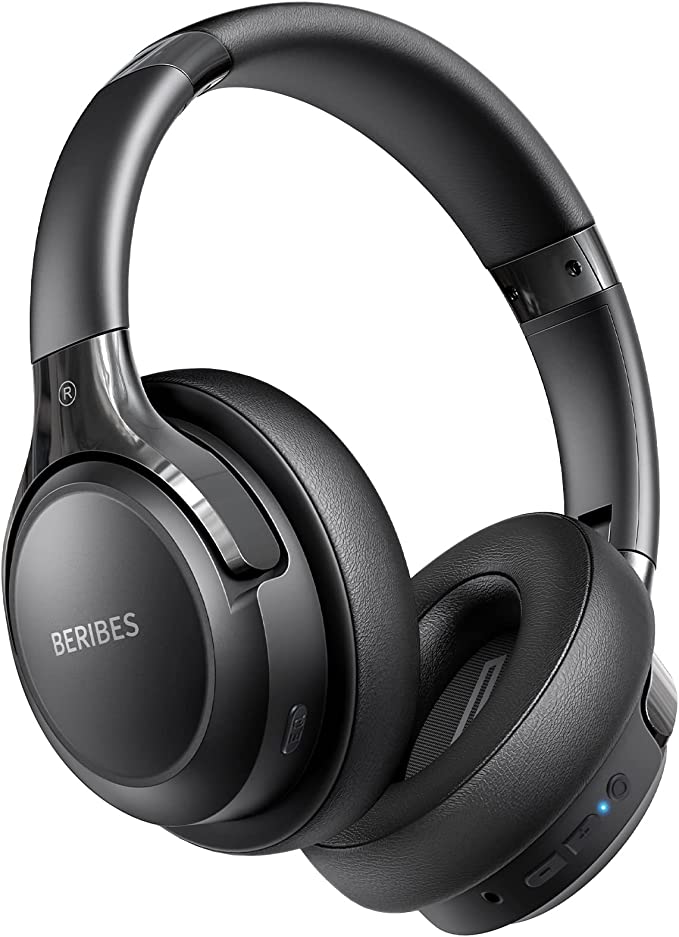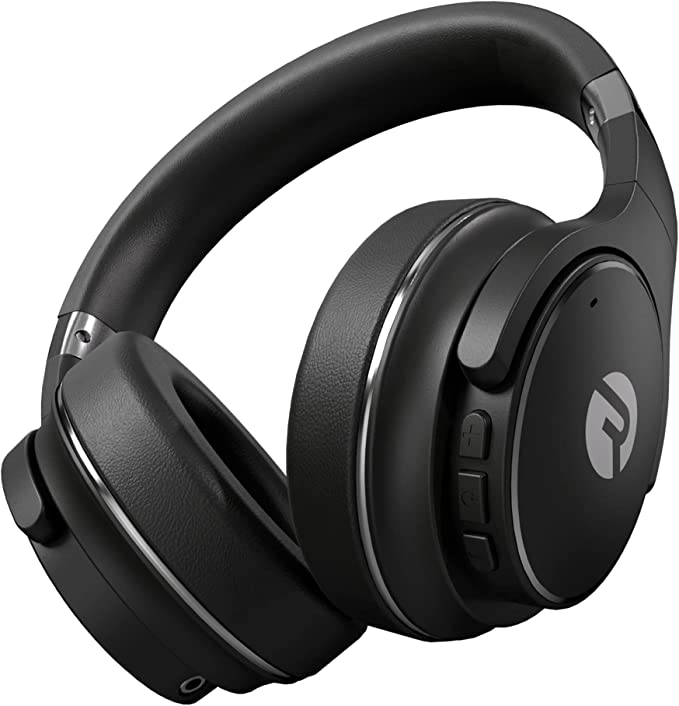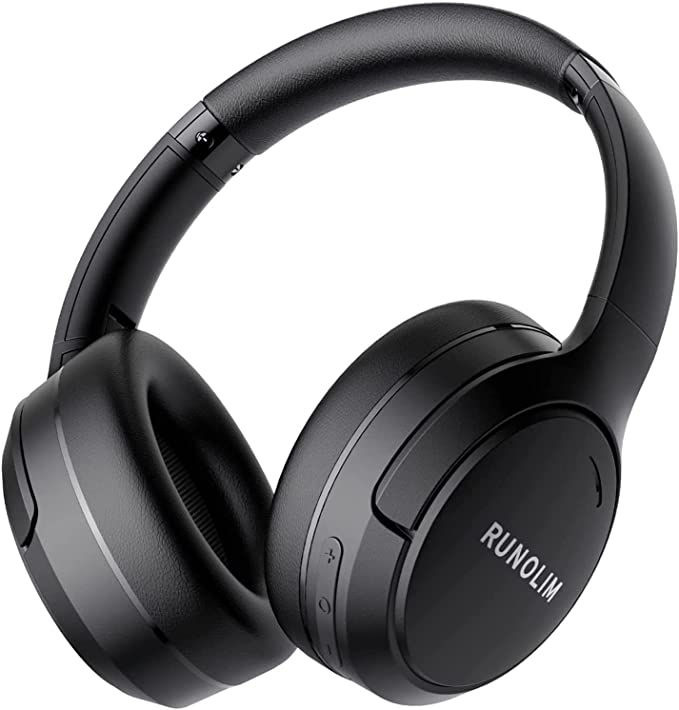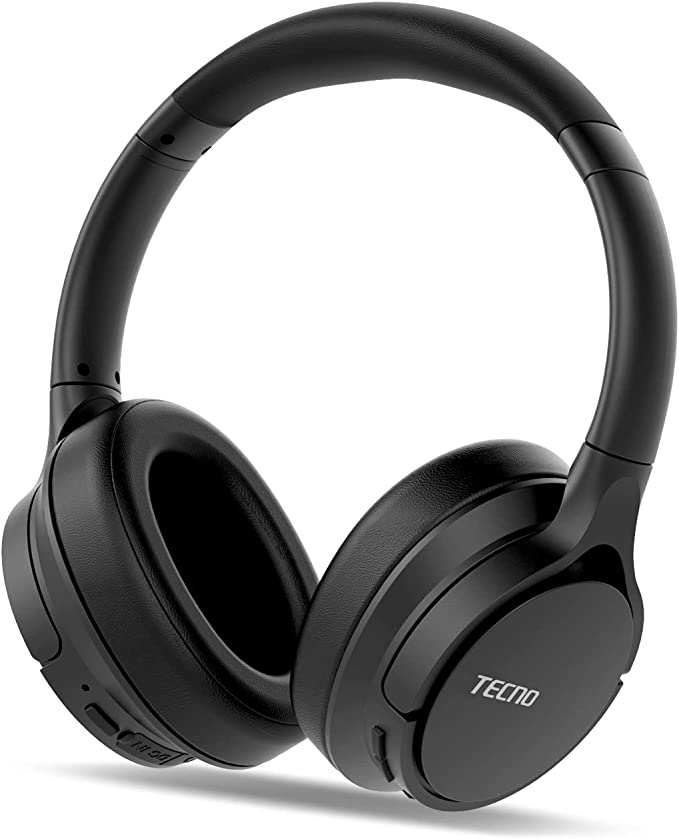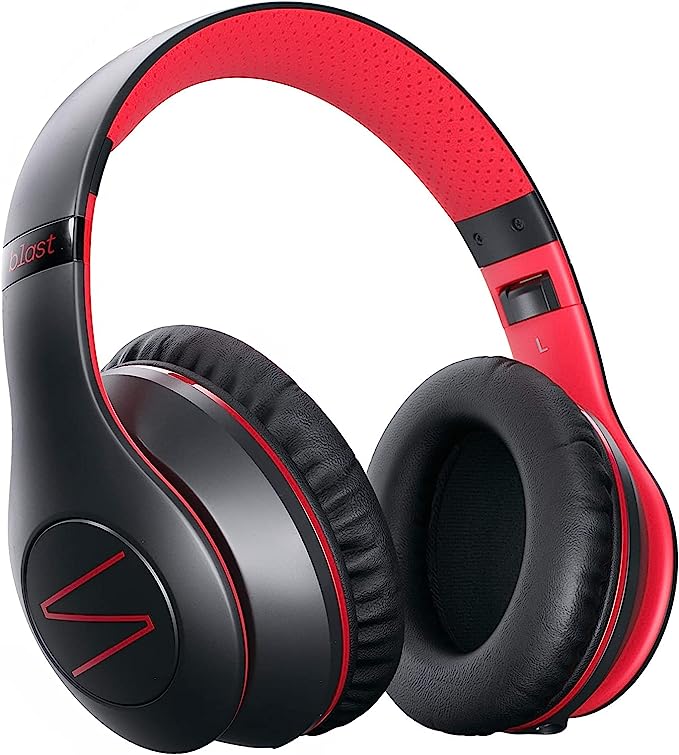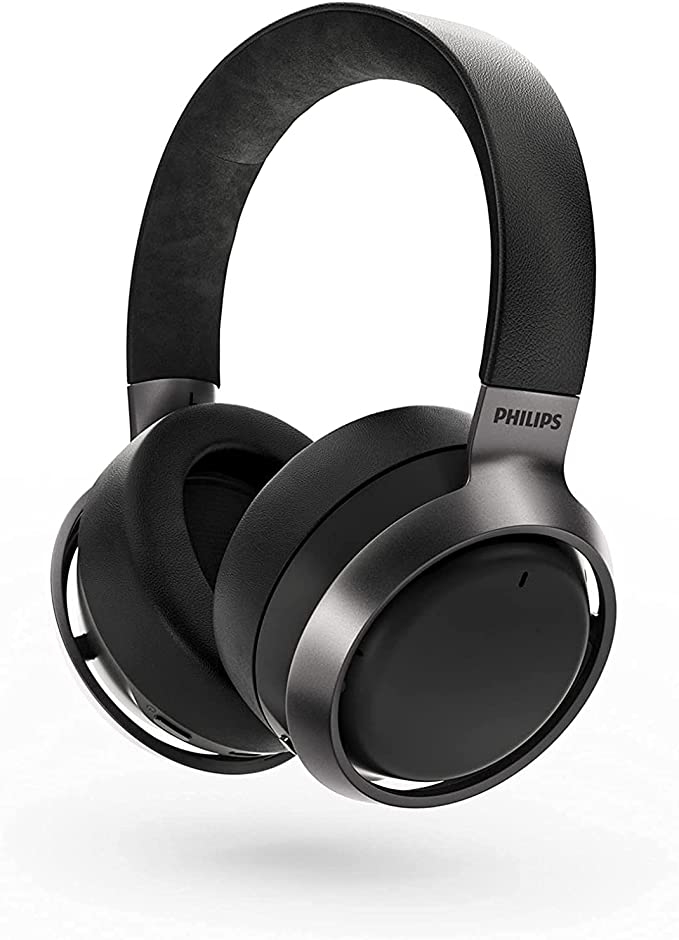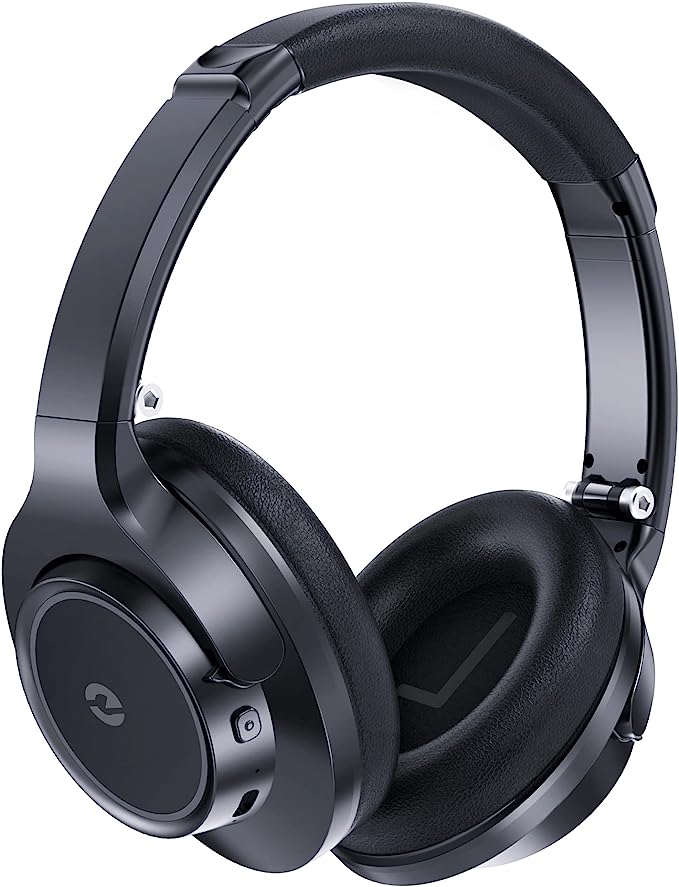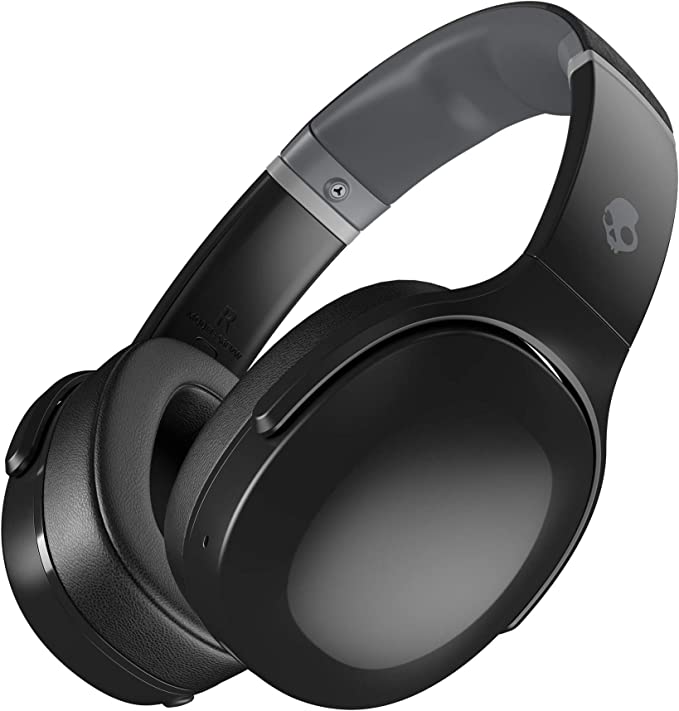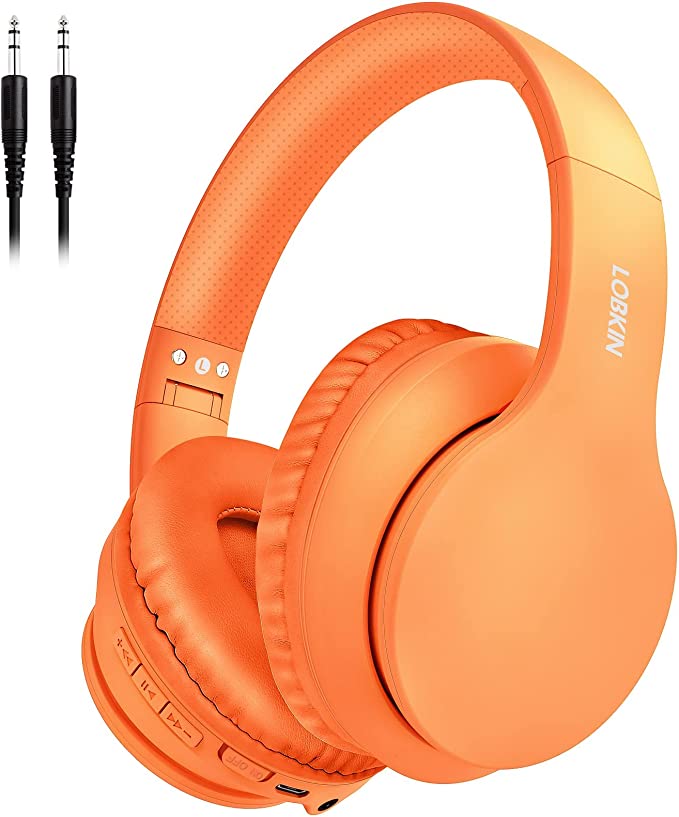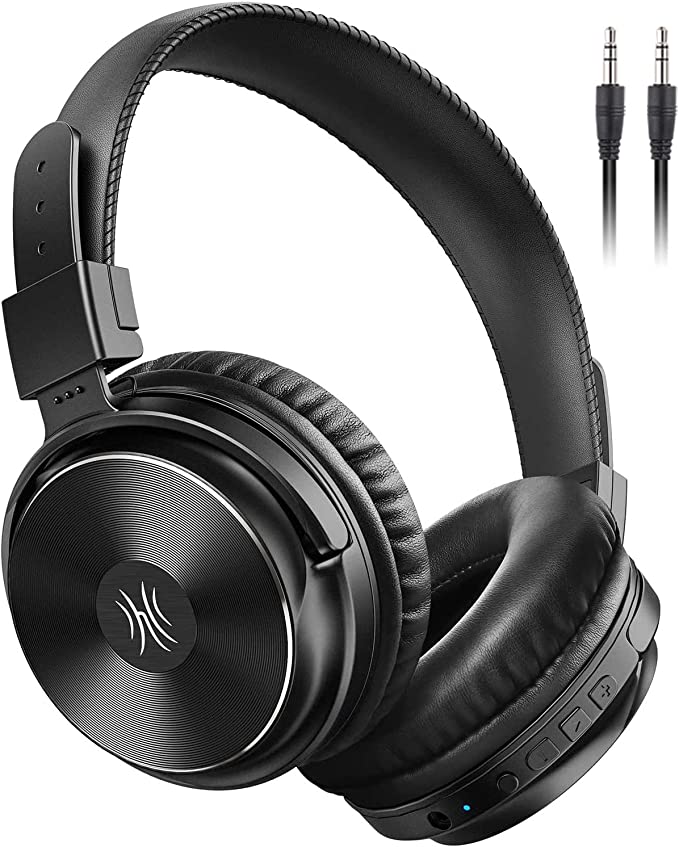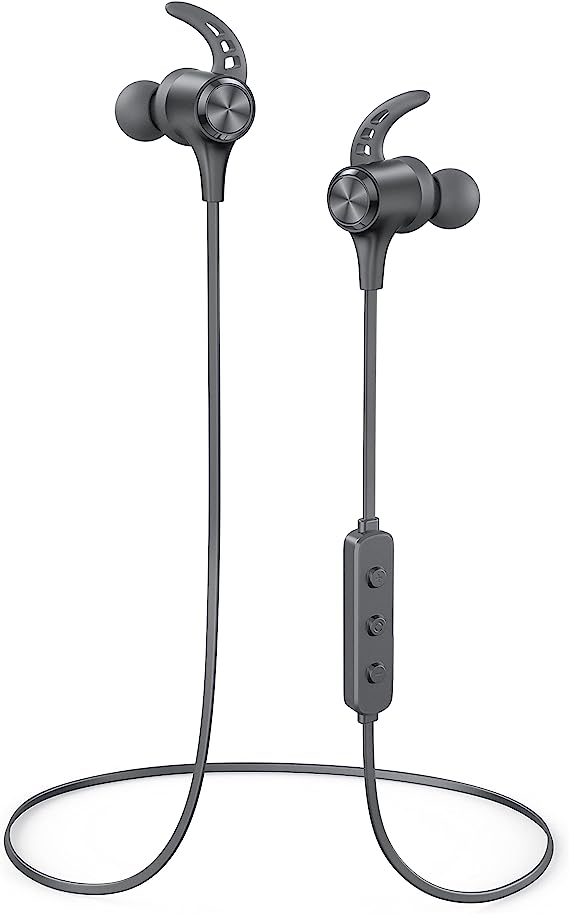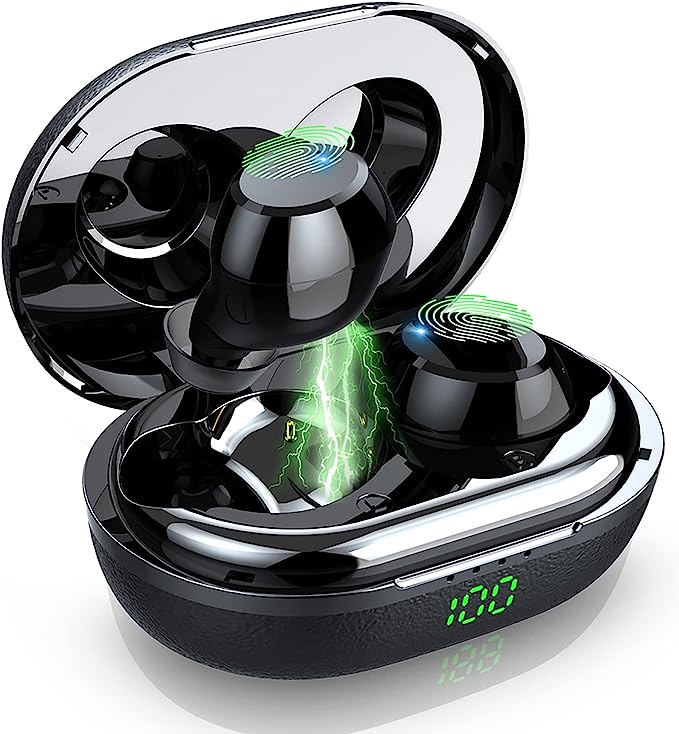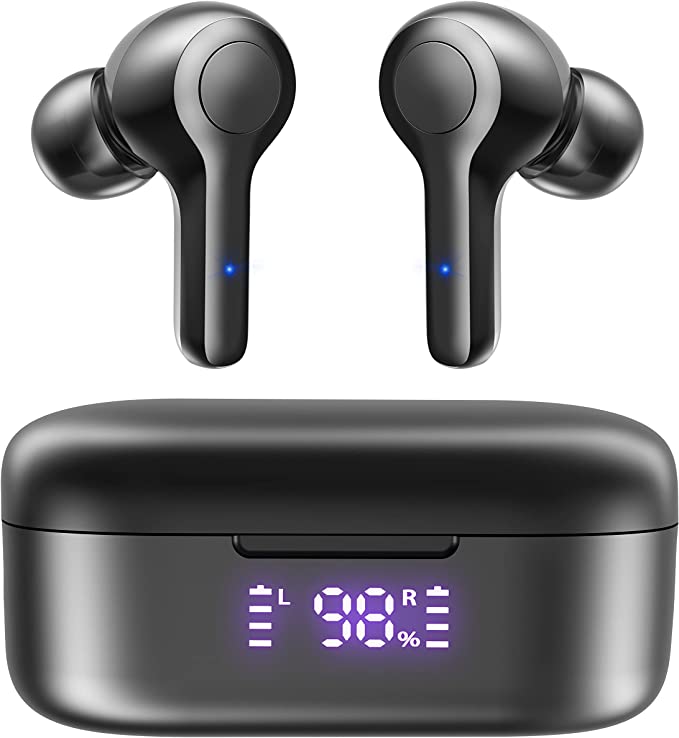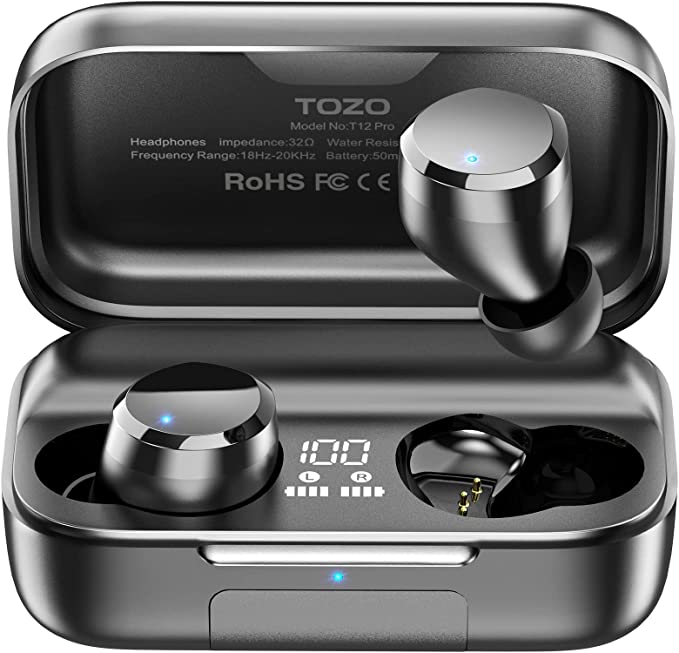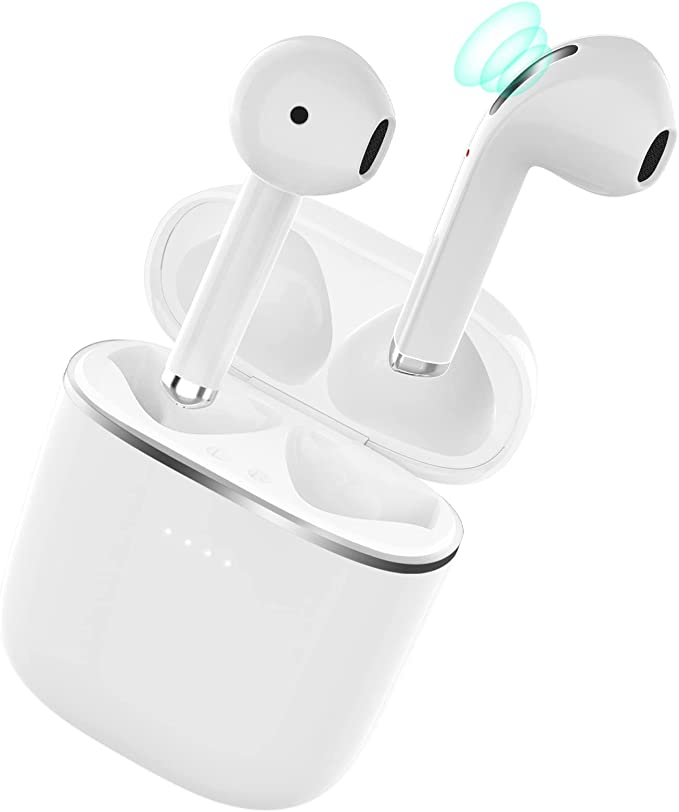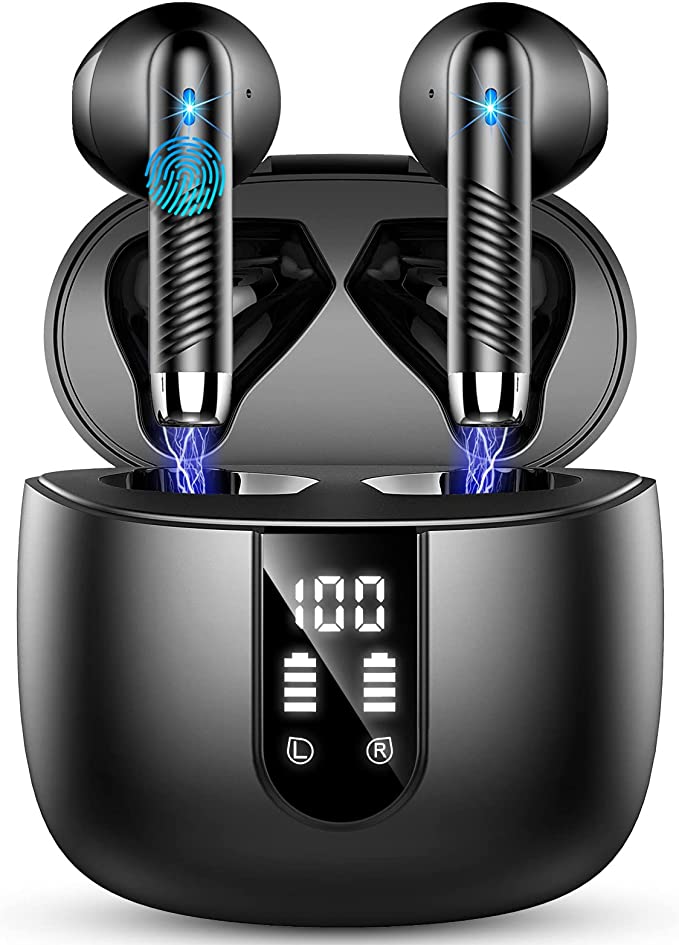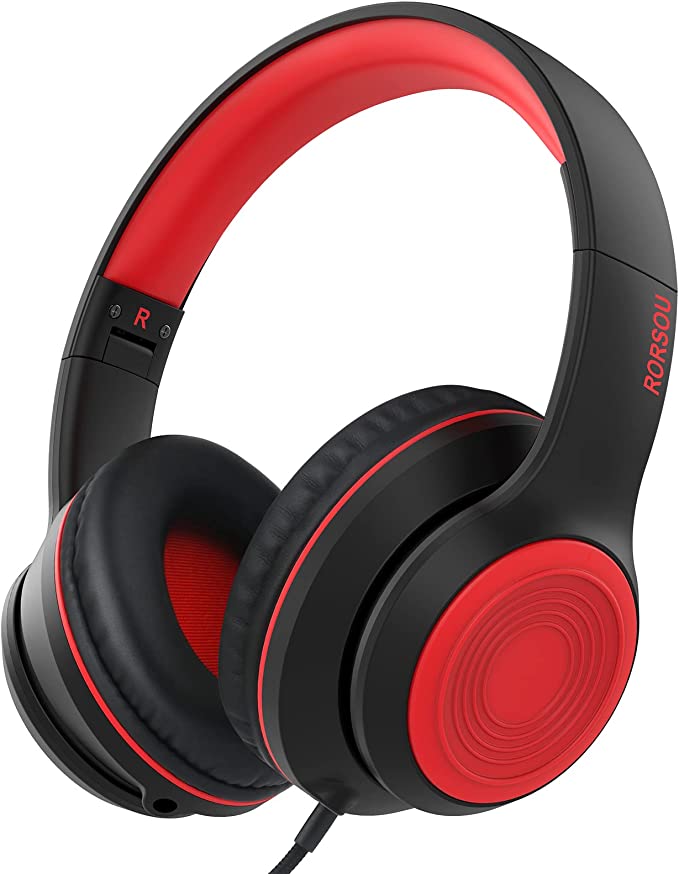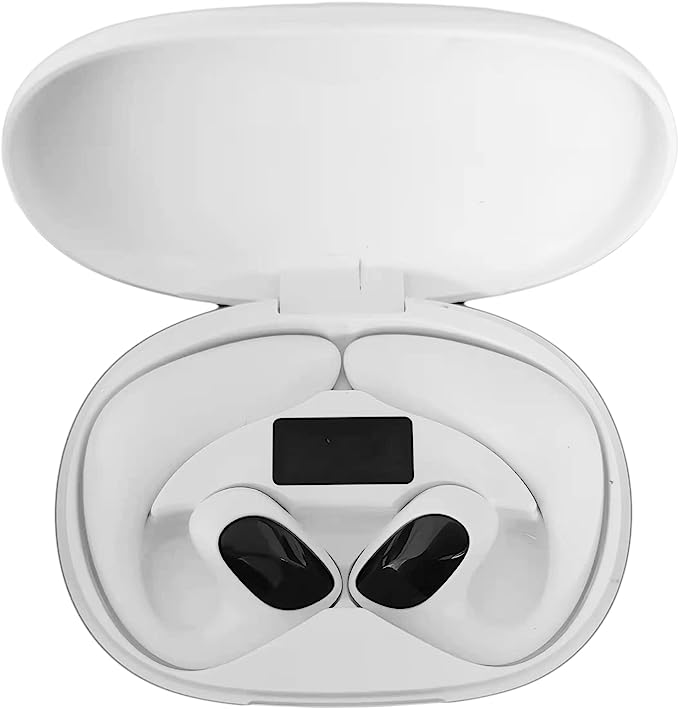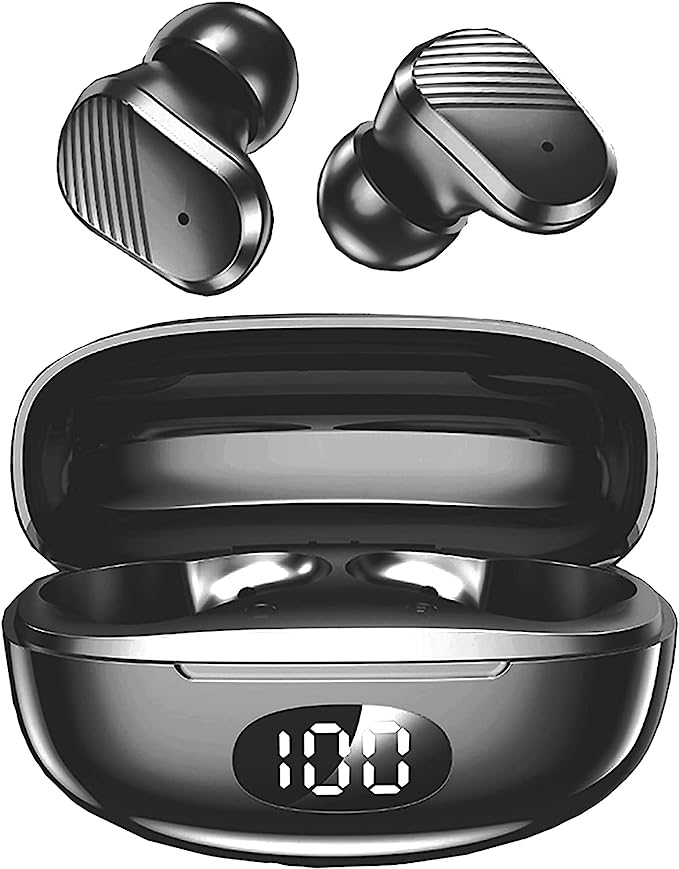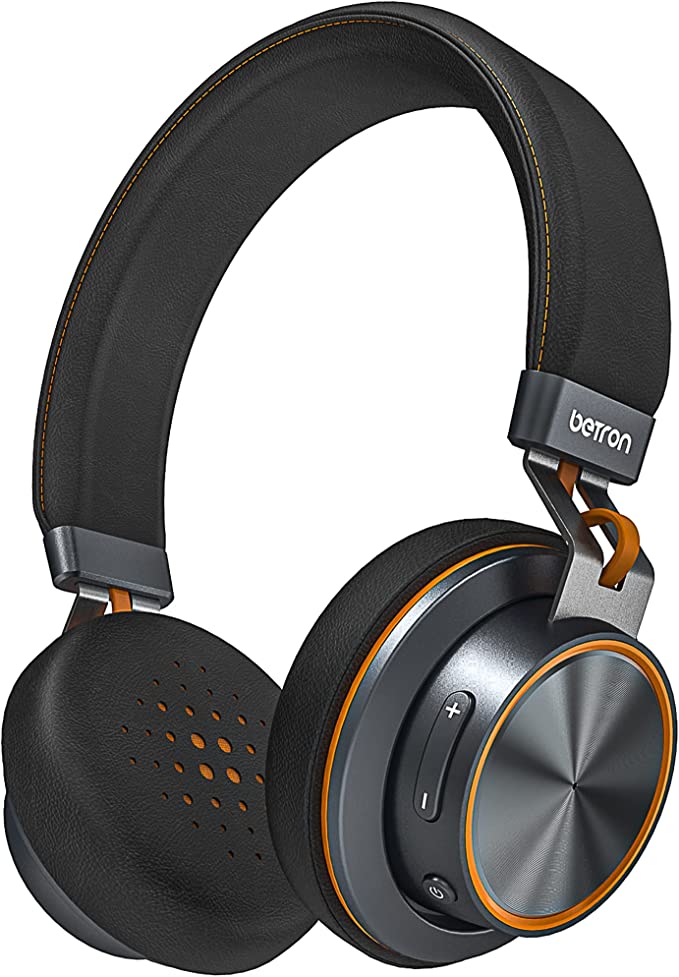Betron HD800 – Unparalleled Sound Quality and Comfortable Design
Update on June 25, 2025, 11:24 a.m.
The search for truly satisfying sound – an audio experience that can transport you, whether it’s the thumping bass of your favorite track or the subtle nuances of a podcast – often feels like a journey with a hefty price tag. Yet, every so often, products emerge that challenge this notion, aiming to deliver a compelling blend of performance, comfort, and longevity without demanding a premium. The Betron HD800 Bluetooth Over-Ear headphones, though “currently unavailable” on the digital shelves where they once resided, offer us a fascinating lens through which to explore just how this balance can be struck. Let’s delve into the science and design philosophy that defined this intriguing piece of audio gear.

Inside the Sonic Chamber: The Science of the HD800’s Sound
At the very core of any headphone’s ability to stir the soul is its capacity to move air, and to do so with precision. The HD800 headphones are built around 50mm drivers. In the world of audio transducers (the general term for devices that convert one form of energy to another – in this case, electrical signals to sound waves), the physical size of the diaphragm, the vibrating surface within the driver, plays a significant role. Think of it like the woofer in a large speaker system; a larger surface can push more air. This increased air displacement is particularly crucial for reproducing lower frequencies – the “Deep Bass” that Betron highlights. To generate those satisfying rumbles and resonant bass notes, a driver needs to effectively move a larger volume of air, and a 50mm diameter provides a greater capacity to do so compared to smaller, more common driver sizes found in many budget headphones.
But raw power in the low end is only part of the auditory equation. The promise of “HD Sound” and a “professionally-tuned acoustic system” suggests an effort to achieve clarity and balance across the entire audible spectrum – from those deep bass notes to the crispness of high-hats and the warmth of human vocals. This “tuning” is a complex interplay. It involves the physical design of the earcup enclosure itself, which acts as a miniature acoustic chamber influencing how sound waves behave, and often, some form of electronic signal processing. The goal is to shape the sound profile, aiming for an experience that feels, as Betron puts it, “realistic and immersive,” striving to deliver tracks “precisely how the producer and artist imagined.” While the specifics of Betron’s tuning are proprietary, the principle remains: transforming raw driver output into a coherent and enjoyable listening experience.

Engineered for the Everyday: Marrying Comfort with Durability
A headphone might produce the most celestial sound, but if it becomes uncomfortable after twenty minutes, its brilliance is quickly overshadowed. The HD800’s Over-Ear form factor is a foundational choice for comfort and immersion. By fully enclosing the ear, these headphones create a physical seal. This seal serves a dual purpose: it helps to passively isolate the listener from some ambient noise, allowing for a more focused and immersive experience without active electronic noise cancellation, and it distributes the clamping force of the headband over a larger area, generally leading to greater comfort than on-ear designs.
This commitment to comfortable, extended use seems to be echoed in other design aspects. The claim of being “13 percent lighter than their predecessor” is noteworthy. In ergonomics, even small reductions in weight can significantly impact perceived comfort over long periods, reducing strain on the neck and head. Complementing this are “softer ear cups” and an “ergonomic bellow” – features designed to conform to the unique contours of an individual’s head, aiming for that “flexible, custom fit.”
Perhaps one of the most compelling, albeit anecdotal, pieces of evidence regarding the HD800’s design philosophy comes from user experiences. One reviewer, ‘TheyCallMe MrGlass,’ noted after three years of use that the headphones “far exceed value for money as the greatest budget headphones I have ever owned due to its durable metal construction and sound superiority.” This user specifically praised the “metallic headband construction” as “practically unbreakable” compared to plastic alternatives on more expensive models they had owned. This highlights a crucial, often underappreciated aspect of value: longevity. The choice of metal for a critical stress component like the headband speaks to an engineering decision prioritizing durability, a principle of material science where metals like steel or aluminum alloys generally offer superior fatigue resistance and tensile strength compared to many plastics used in similar price segments. It’s a tangible reason why a product might outlast its initial price tag. Of course, fit is subjective, and Betron commendably includes a note: “These may not be suitable for large or wide heads,” an honest acknowledgment that universal ergonomic perfection is elusive.

Cutting the Cord (Mostly): Wireless Freedom and Wired Reliability
The convenience of wireless audio is undeniable, and the HD800 embraced this with “cutting-edge Class 1 Bluetooth technology.” Bluetooth, at its heart, uses short-range radio waves to transmit data. The “Class 1” designation is significant; it refers to the power output of the Bluetooth radio, which typically translates to a longer potential operating range – theoretically up to 100 meters (around 330 feet) in ideal, open-air conditions, though real-world performance is always affected by obstacles and interference. This enhanced range provides a “Strong Connection,” giving users more freedom to roam without their audio sputtering or disconnecting.
Powering this wireless experience is a battery touted for an “impressive” 10 hours of use from one charge. This kind of stamina relies on the energy density of modern Lithium-Ion batteries, common in portable electronics for their ability to pack a good amount of power into a relatively small and light package, combined with efficient power management within the headphone’s circuitry. Ten hours allows for a full workday of music, multiple commutes, or a long flight.
Yet, technology isn’t infallible, and batteries eventually deplete. Here, the HD800’s inclusion of a 3.5mm audio connector demonstrates a practical understanding of user needs. This venerable analog port allows the headphones to be used passively, without battery power, ensuring the music doesn’t stop just because the charge does. It also provides a lifeline to connect with devices that lack Bluetooth, such as older MP3 players or in-flight entertainment systems. For some, a wired connection can also be preferred to bypass any potential audio compression inherent in some Bluetooth codecs, offering a direct, unaltered signal path from the source. Adding to the convenience are the integrated on-ear control buttons and a built-in microphone, allowing for easy management of music playback, volume adjustments, and hands-free calls. The stated compatibility with Siri further integrates the headphones into the Apple ecosystem for voice-activated commands.

Beyond the Core: Thoughtful Additions
The experience of a product often extends beyond its primary function. The inclusion of a hard carry case with the HD800 is a practical touch. Such cases, typically made from semi-rigid materials like EVA (ethylene-vinyl acetate), offer crucial protection against bumps, drops, and scratches when the headphones are being transported or stored. It’s an accessory that underscores a consideration for the product’s life beyond the desktop.

The HD800 Legacy: Timeless Lessons in Audio Value
While the Betron HD800 may currently be off the market, its design and feature set offer a valuable retrospective on what constitutes good value in audio technology. The combination of large 50mm drivers aiming for robust sound, a durable build incorporating metal where it counts, reliable Class 1 Bluetooth connectivity alongside a wired option, and a clear focus on user comfort, all historically packaged at an accessible price point, paints a picture of thoughtful engineering.
The enduring lesson from products like the HD800 is that true value often lies in a well-considered balance. It’s not just about chasing the highest specification in one area, but about how different elements – audio performance, material science, ergonomic design, and user-centric features – come together to create a cohesive and satisfying experience that can stand the test of daily use. For anyone navigating the often-complex world of audio gear, understanding these underlying principles can lead to choices that bring listening pleasure for years to come.
